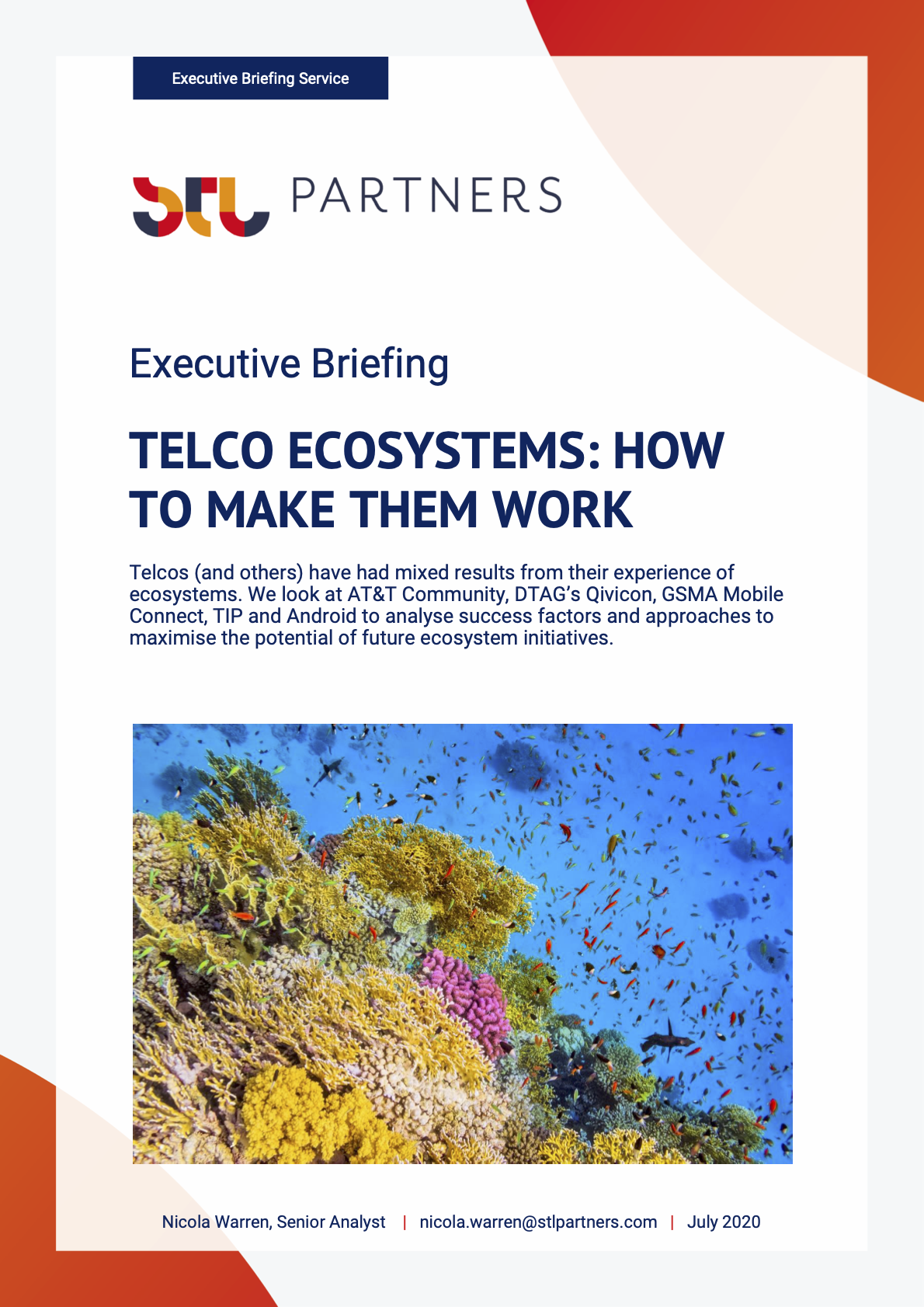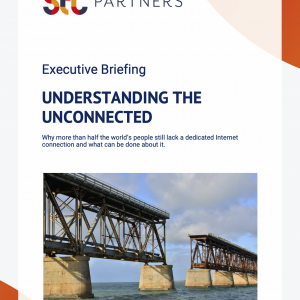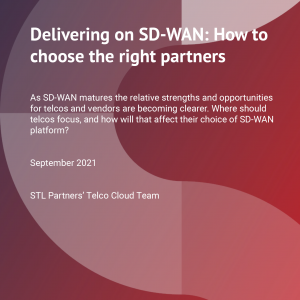Telco ecosystems: How to make them work
Original price was: £3,000.00.£1,000.00Current price is: £1,000.00. excl VAT
Telcos (and others) have had mixed results from their experience of ecosystems. We look at AT&T Community, DTAG’s Qivicon, GSMA Mobile Connect, TIP and Android to analyse success factors and approaches to maximise the potential of future ecosystem initiatives.
Description
Format: PDF filePages: 48 pagesCharts: 18Author: Nicola WarrenPublication Date: July 2020
Table of Contents
-
- Executive Summary
- The ecosystem business framework
- Why ecosystem business frameworks?
- Benefits of ecosystem business frameworks
- Identifying ecosystem business frameworks
- Telco experience with ecosystem frameworks
- AT&T Community
- Deutsche Telekom Qivicon
- Telecom Infra Project (TIP)
- GSMA Mobile Connect
- Android
- Lessons from telco experience
- Criteria for successful ecosystem businesses
- “Destination” status
- Strong assets and capabilities to share
- Dynamic strategy
- Deep end-user knowledge
- Participant stakeholder experience excellence
- Continuous innovation
- Conclusions
- Next steps
- Index
Table of Figures
- Figure 1: Ecosystem features and impact on benefits
- Figure 2: A biological ecosystem
- Figure 3: Ecosystem benefits
- Figure 4: Ecosystem identifiers
- Figure 5: Ecosystem features and impact on benefits
- Figure 6: Community proposition
- Figure 7: AT&T-owned elements in the Community ecosystem framework
- Figure 8: Map of Community’s discretionary features
- Figure 9: The Qivicon smart home system
- Figure 10: Map of Qivicon’s discretionary features
- Figure 11: Project groups in strategic areas
- Figure 12: Map of TIP’s Discretionary Features
- Figure 13: Mobile Connect’s ecosystem environment
- Figure 14: Map of Mobile Connect’s discretionary features
- Figure 15: Map of Android’s discretionary features
- Figure 16: Comparison of discretionary features
- Figure 17: Success criteria for high performing ecosystems
- Figure 18: Ecosystem business framework
Keywords: alternative monetisation, android, AT&T, B2B2x, biodiversity, centralised, co-creation, coexist, collaboration, community, competition, complementary, coordination, defence against disruption, Deutsche Telekom, dynamic, EcoSystem, efficiency, end-customer knowledge, external participants, external stakeholder, facebook, google, GSMA, Innovation, interconnected value creation, interdependent, IoT, Know-Your-Customer, linear, Mobile Connect, Nespresso, Open ecosystems, orchestrate, orchestrator, outside-in, partnership, platforms, proposition fragmentation, Qivicon, responsiveness, scale, SIMs, strategic partnerships, telco identity, Telecom Infra Project, TIP, vertical integration, Xandr
Companies & technologies covered: AT&T, Deutsche Telekom, Facebook, Google, GSMA, Nespresso, Qivicon, Telecom Infra Project, Xandr


